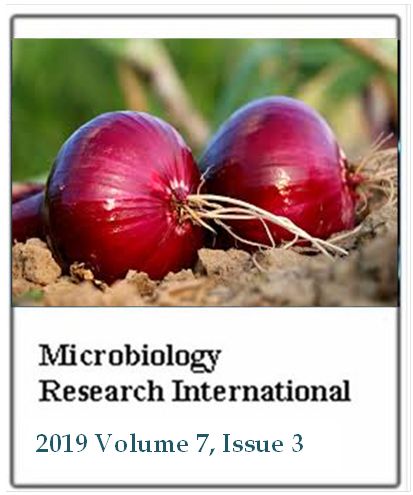Probiotic bacteria in relation to Ethiopian dairy industry
Daniel Getahun, Tewodros Alemneh, Dawit Akeberegn, Mebrate Getabalew and Derbie ZewdieMicrobiology Research International
Published: September 3 2019
Volume 7, Issue 3
Pages 24-30
DOI: https://doi.org/10.30918/MRI.73.19.024
Abstract
This review is undertaken to compile the role of probiotic bacteria in relation to Ethiopian dairy industry. Despite Ethiopia is the first in Africa and the fifth in the world by cattle population, the dairy industry is not strengthen and unable to satisfy the demand of the country’s human population due to several factors such as the lack of adequate market chains, inappropriate production systems, and poor genetic makeup of dairy animals for milk production. Ethiopia produces about 4 billion liters of milk per year. Per capital consumption is very low, estimated at about 20 liters per year, though rising consumption levels in Addis Ababa have brought it to about 40 liters per year. At the current production rate, there’s an annual shortage of about 18 billion liters. Around 98% of milk is produced in small holder farmers so they stay for the milk for long period of time by using natural fermentation mechanisms, which are probiotic bacteria. Lactobacillus, Bifidobacterium, Saccharomyces cerevisiae, Escherichia coli and Bacillus species are important for fermentation, a process to soften food texture and alter its composition in such a way that it will require minimal energy both in cooking and preservation processes. These bacteria are found in fermented milk and also associated with human body, especially in the gastrointestinal tract and mouth. Some members of these microbes have a dual role in transforming milk into diverse dairy fermented products (cheese, kefir, yoghurt, etc.) and play an important role to inhibit colonizing pathogenic bacteria. From probiotic bacteria, lactic acid bacteria are the most numerous and very essential as compared to others.
Keywords: Probiotic bacteria, dairy industry, fermentation, lactic acid bacteria.
Full Text PDF
